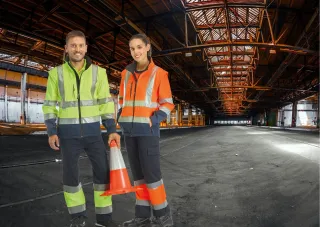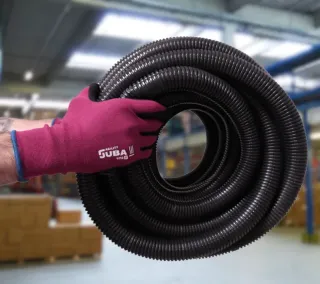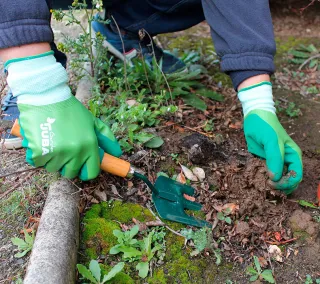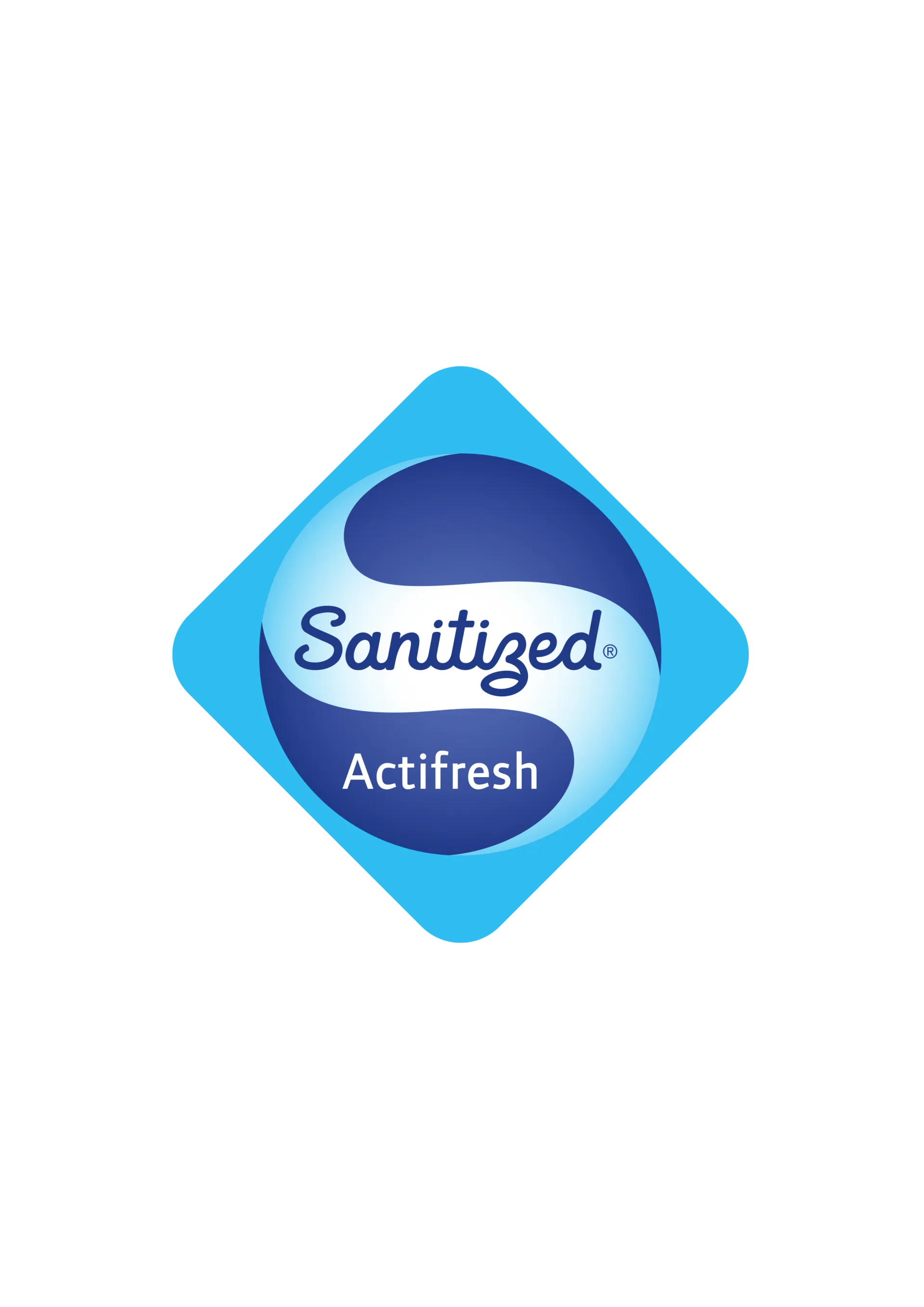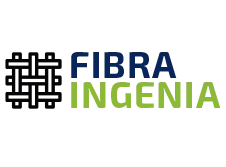News
Classes of clothing offering increased visibility
Juba's catalogue features a wide range of reflective and hi-visibility clothing items designed to offer safety and protection in potentially hazardous work situations in low light conditions, where professionals may not be detected from certain angles, while operating machinery or driving vehicles. Even these garments are recommended to avoid possible accidents for those who enjoy recreational activities in low-light areas, such as cycling, running or walking.
High visibility clothing is considered personal protective equipment (PPE) and must combine the latest technology with functional design to ensure that each garment creates an additional barrier to low light hazards. To find out if clothing complies with high visibility standards, check the label on the garment and look for the marking, which will indicate:
The name of the manufacturer.
The reference or name of the PPE.
The size of the garment.
The specific pictogram indicating the class of the garment.
Details such as an information and explanatory leaflet.
The official certification for the sale of personal protective equipment.
The number of the standard to which it refers, in this case, EN 20471 according to which high visibility clothing is differentiated into three different classes:
What is high visibility clothing and what regulations does it comply with?
The great benefit of high visibility clothing is that it guarantees that professionals can be detected at a great distance, to avoid being run over or suffering any type of accident with machinery, vehicles, tools and other elements present in the work space.
The standards regulating hi-visibility clothing is EN ISO 20471. This certification ensures that all work wear complies with strict standards of design, materials and performance, essential to protect workers in construction sites, roads, industrial areas and other high-risk areas.
Specifically, the regulations determine the amount of reflective and fluorescent material that garments must contain in order to meet high visibility requirements. What is the difference between the two terms? While fluorescent material transforms ultraviolet light into light visible to the human eye thanks to colours like yellow and orange, reflective material makes garments visible in low-light conditions.
High visibility clothing classes: 1, 2 and 3
The hi-visibility clothing regulations differentiate between three classes or levels of safety:
Class 1 high-visibility clothing
Class 1 hi-visibility clothing groups together a set of PPE with lower protection, and should therefore be used when risks are minimal. Depending on the regulations, these garments have 0,10 m2 of retro-reflective tape (reflective stripes), 0.14 m2 of fluorescent background material to meet the requirements of the regulations and 0.20 m2 of combined material (fluorescent and reflective stripes).
Class 1 high-visibility clothing is designed to enable professionals to be detected from vehicles travelling at speeds of less than 40 kilometres per hour.
Class 2 high visibility clothing
The material requirements for class 2 high visibility clothing have an intermediate degree of visibility and therefore must have 0.50 m2 of background material and 0.13 m2 of retro-reflective material to meet the requirements of the standard.
This is the workwear professionals need to wear to be easily seen in adverse weather conditions and in workplaces where vehicles or machinery circulate at speeds not exceeding 80 km/hour.
Some of the most common references for this type of hi-visibility clothing are waistcoats and trousers.
Class 3 high visibility clothing
Class 3 high-visibility clothing requires a higher presence of these materials. In particular, the background material should be 0.80 m2 and 0.20 m2 of retro-reflective material. This type of protection is necessary for professionals working in emergency services and in places where road traffic is travelling at speeds above 80 kilometres per hour.
Sectors where high visibility clothing should be worn
The indications for each class of high-visibility clothing do not preclude that the one that offers the greatest safety can be used in other situations of lower risk. For this reason, it is possible to use Class 3 clothing in working environments where Class 2 or even Class 1 would be sufficient, depending on the level of safety required in each situation.
The selection of high-visibility clothing, like any personal protective equipment (PPE), requires a workplace-specific risk assessment. The level of protection required must then be defined according to the risks present and the specific characteristics of the task to be performed.
Whether T-shirts, polo shirts, trousers, jackets or high-visibility waistcoats, all these products for professional use must be approved to EN ISO 20471. This is an international standard defining the requirements for garments visually signalling the wearer's presence and establishing the validity and durability of the materials they are made of. It replaces the former EN 471 standard. In addition, they must comply with the requirements of EN ISO 13688 on protective clothing in general. They also usually comply with EN 343 if they are certified to protect against rain.
In any case, high-visibility clothing is mandatory for work in these situations:
When working near vehicles.
On construction sites with heavy machinery.
When, in any work, poor visibility means the risk of not being seen.
If we base ourselves on the characteristics of each type of high-visibility clothing, these are some of the sectors that use each of them:
Professional sectors where to use high visibility clothing class 1
Personnel exposed to light traffic in warehouses.
Parking staff.
Parking attendants.
Track maintenance personnel.
Occupational sectors where high visibility clothing class 2 should be worn
Airport personnel.
Port personnel.
Professionals responsible for rubbish collection.
Employees of large car parks.
Professional sectors where high visibility clothing class 3 should be worn
Health professionals.
Security forces.
Site and construction personnel.
Road personnel.
8 December 2024
Read more


